To market, to market: the Irish Pavilion pitches up in Venice
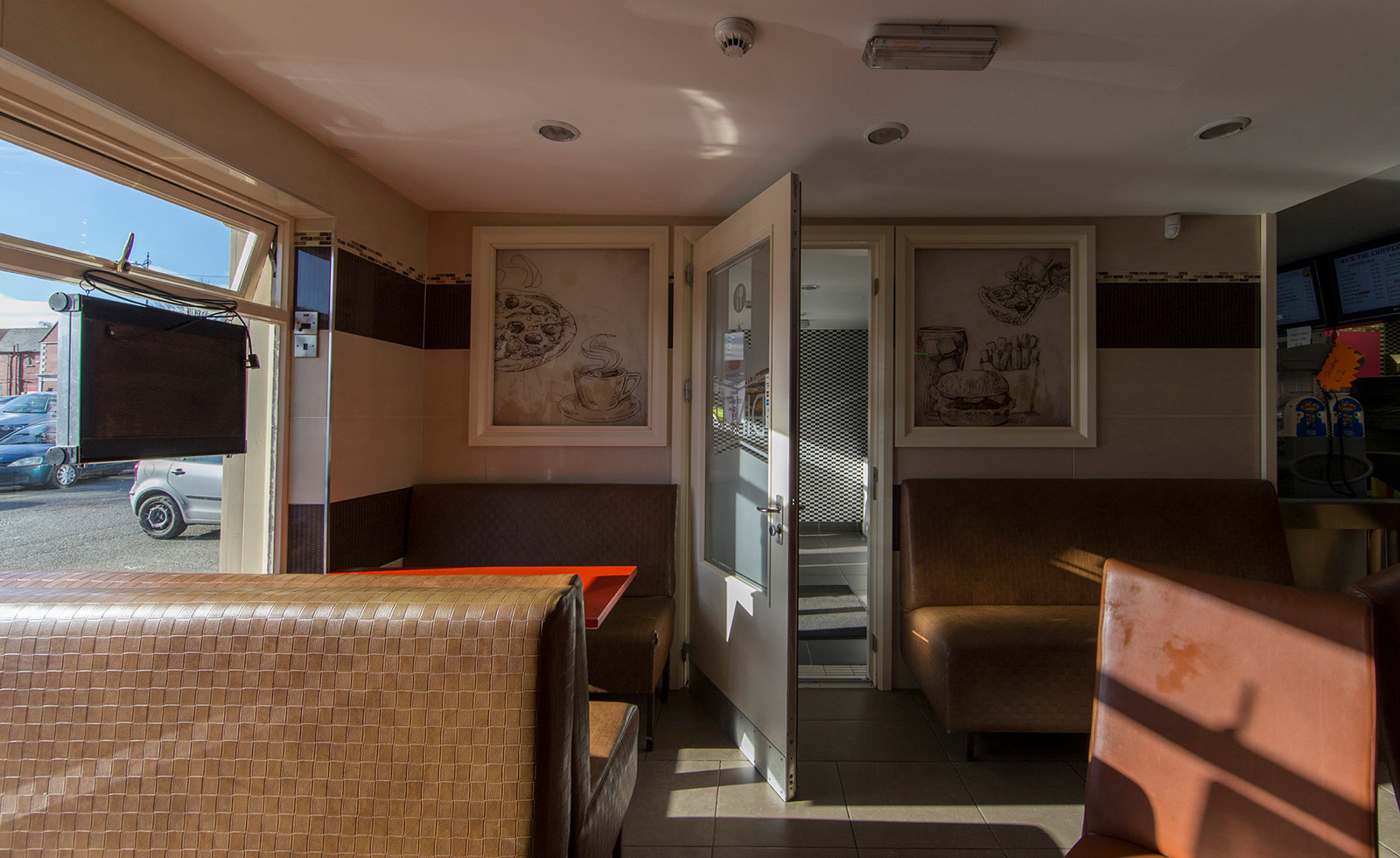
At the 16th Venice Architecture Biennale, Ireland will use its pavilion to look closely at the country. Not at Dublin, where a growing tech hub hosts the headquarters of Google, Facebook and Twitter, and not at its national state recently thrust into headlines and conversations across the UK in the face of Brexit. Instead, the pavilion has set up shop in the market squares of declining rural towns taking a refreshingly useful and non-conceptual approach to a problem, and putting in the work to find out how it might be solved.
Titled ‘Free market’, in response to ‘Freespace’ the main theme chosen by Yvonne Farrell and Shelley McNamara of Grafton Architects, the Irish Pavilion explores the typology of the market square through ten case-study towns across Ireland. Once a place for exchange and congregation, the market square has fallen into a period of decline due to the changing economy, the influx of cars, supermarket life and technological isolation.
Without critique, the exhibition charts historic data, documents contemporary life with photography and gets out onto the streets recording sounds and talking to people to build unique portraits of each town.
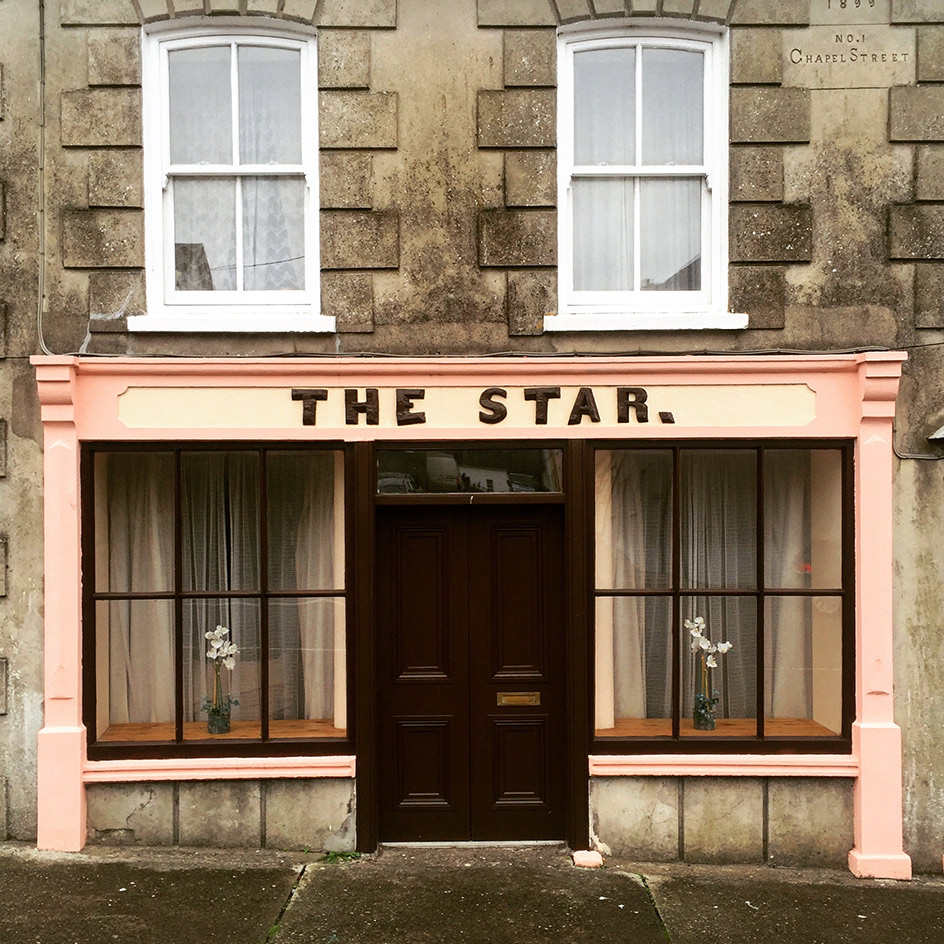
The Star in Roscarbery, County Cork. @our.type
The exhibition is driven by a collective of six curators – five from Ireland and one from the Netherlands – who banded together across common interests in urban life, design and research. They all knew each other somehow through different networks and connections: Laurence Lord and Orla Murphy teach together at the School of Architecture, Planning and Environmental Policy in University College Dublin. Lord also works with Tara Kennedy and Jeffrey Bolhuis at the Cork Centre for Architectural Education. Kennedy is a co-founder with Jo Anne Butler at Culturstruction, their collaborative architecture and design practice – and Miriam Delaney lectures at the Dublin School of Architecture, Dublin Institute of Technology, is connected in another way and seems to know everyone, somehow.
While the down-to-earth group bonded over common ground, they are each located in different parts of Ireland – which allowed the exhibition to gain its wide, yet detailed reach across the country. Instead of a ‘too many cooks moment’, it seems that group-thinking, breadth of skills and intellectual manpower has proved a productive combination.
The curators want to bring the experience of the Irish market place to Venice. It’s a post-modern idea that, in the midst of a Biennale buzzing with sustainable models and utopian ideals brings the international audience back down to reality, to the architecture and design that effects a majority on a daily basis – one in three people in Ireland live in a town after all. In terms of the UK and Brexit, architects and thinkers focussing on small town communities and rural problems is exactly what we need, perhaps other European countries can relate and avoid a similar crisis.
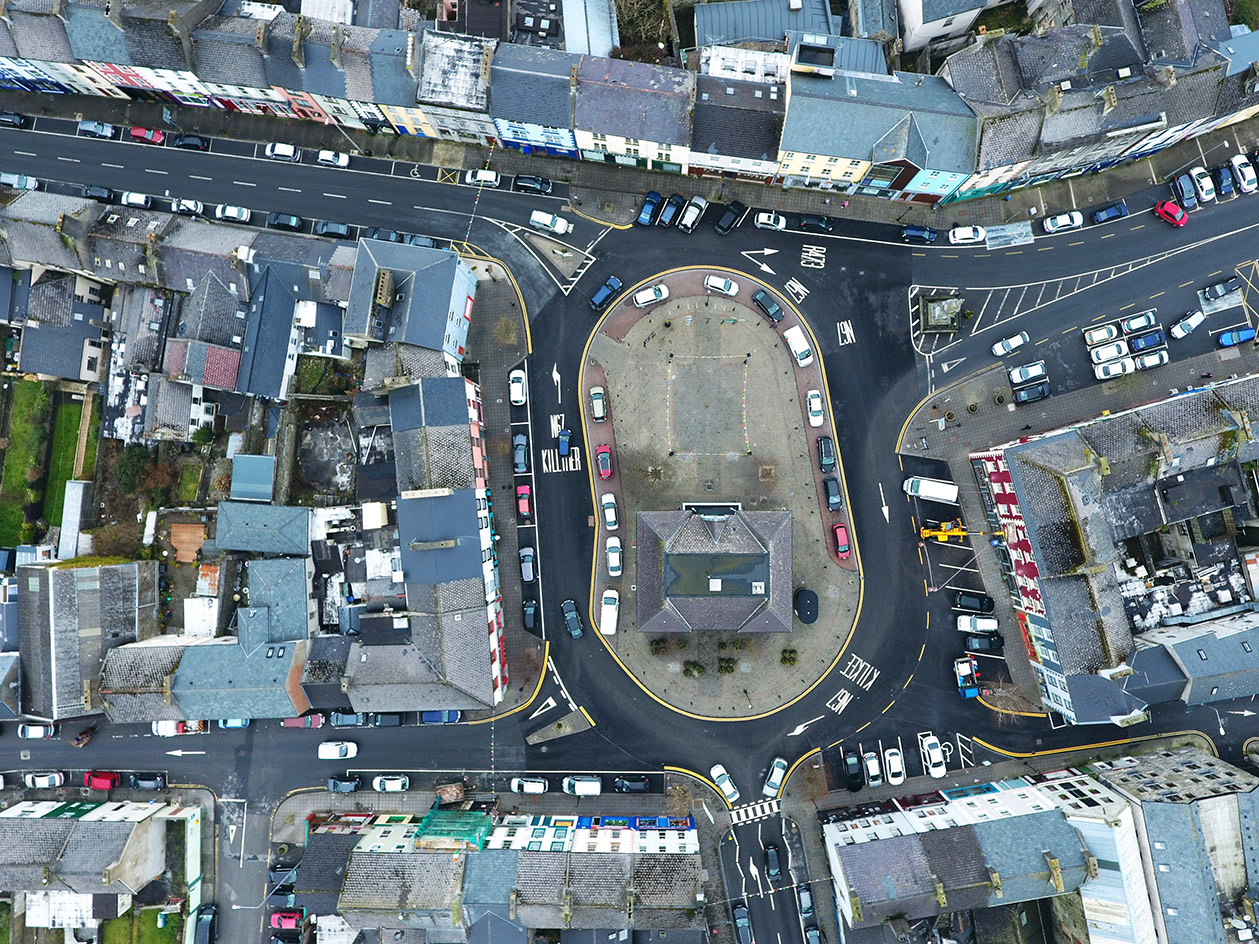
Kilrush town centre in County Clare.
‘Free market’ aims to capture the sensation of being in a market square in Ireland, all inspired by the work of fiction writers, artists, poets and playwrights, the people who have lived and experienced life there and three commissioned soundscapes will be broadcast over the Free Market Radio.
Yet, the pavilion isn’t without future vision. The exhibition positions the market place as a site full of potential, a place of social, political and cultural exchange, central to community cohesion. Proposals for the spaces drawn up by designers and planners, as well as ideas from theorists, critics, policy makers, architects and planners will all meet at the pavilion. A free copy of the Free Market News brings together nearly 40 contributors who lay down ideas into print and bring in wider debates.
On the pavilion’s return to Ireland, the exhibition will journey back from whence it came, to market. It will set up in new formations with a temporary structure that will redesign itself in each context, continuing to grow, gathering and developing its breadth, experience and knowledge.
See all the latest news and stories from Venice Architecture Biennale here
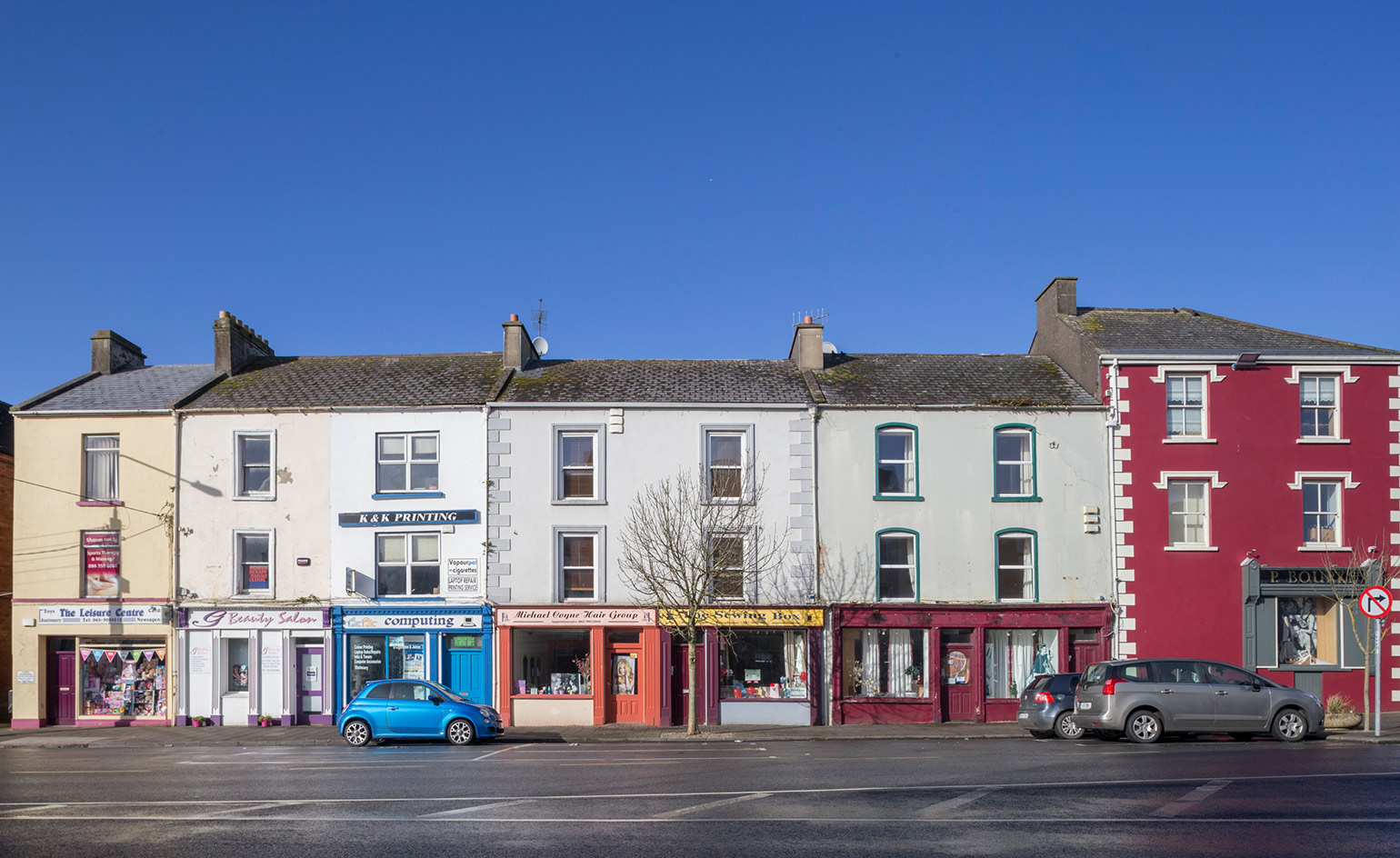
Participant Towns include: Athenry, County Galway; Ballinrobe, County Mayo; Ballyshannon, County Donegal; Bunclody, County Wexford; Castleblayney, County Monaghan; Kilmallock, County Limerick; Kilrush, County Clare; Macroom, County Cork; Mountmellick, County Laois; Templemore, County Tipperary. Pictured here, a photograph from Kilrush Town. © Free Market
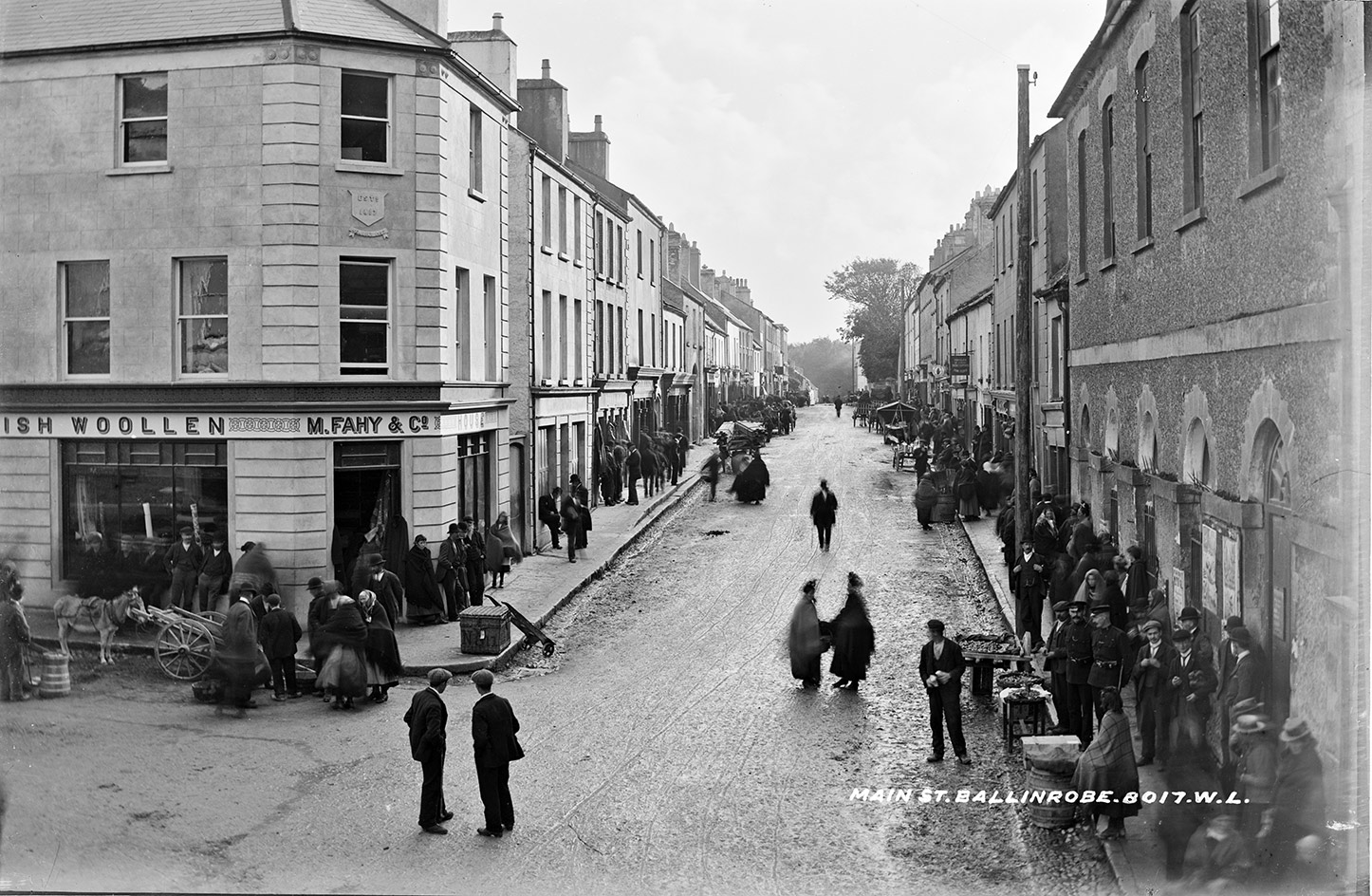
Kilrush Square in County Clare.
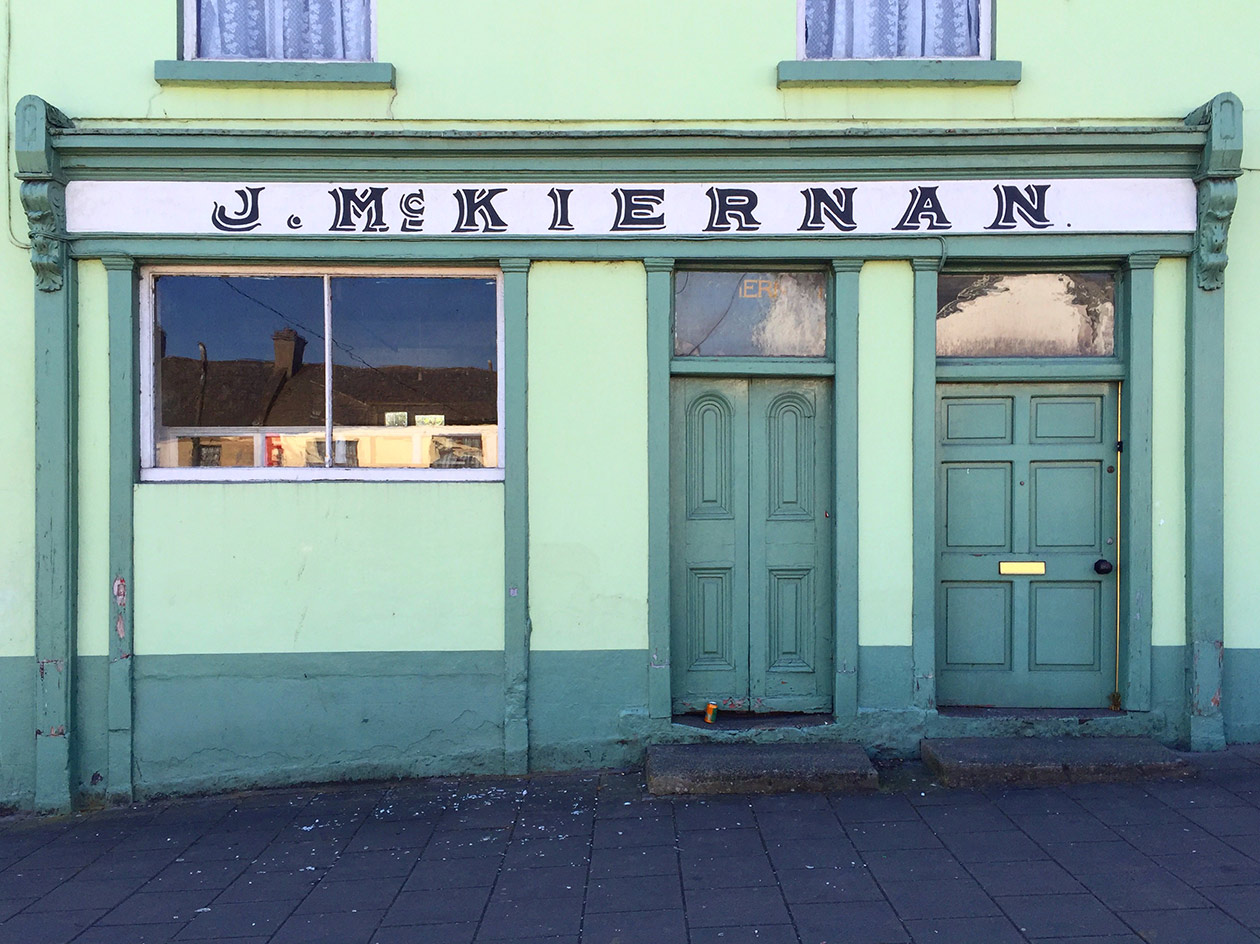
J. Mc Kiernan’s in Kingscourt, County Cavan. @our.type

Bandon in County Cork.
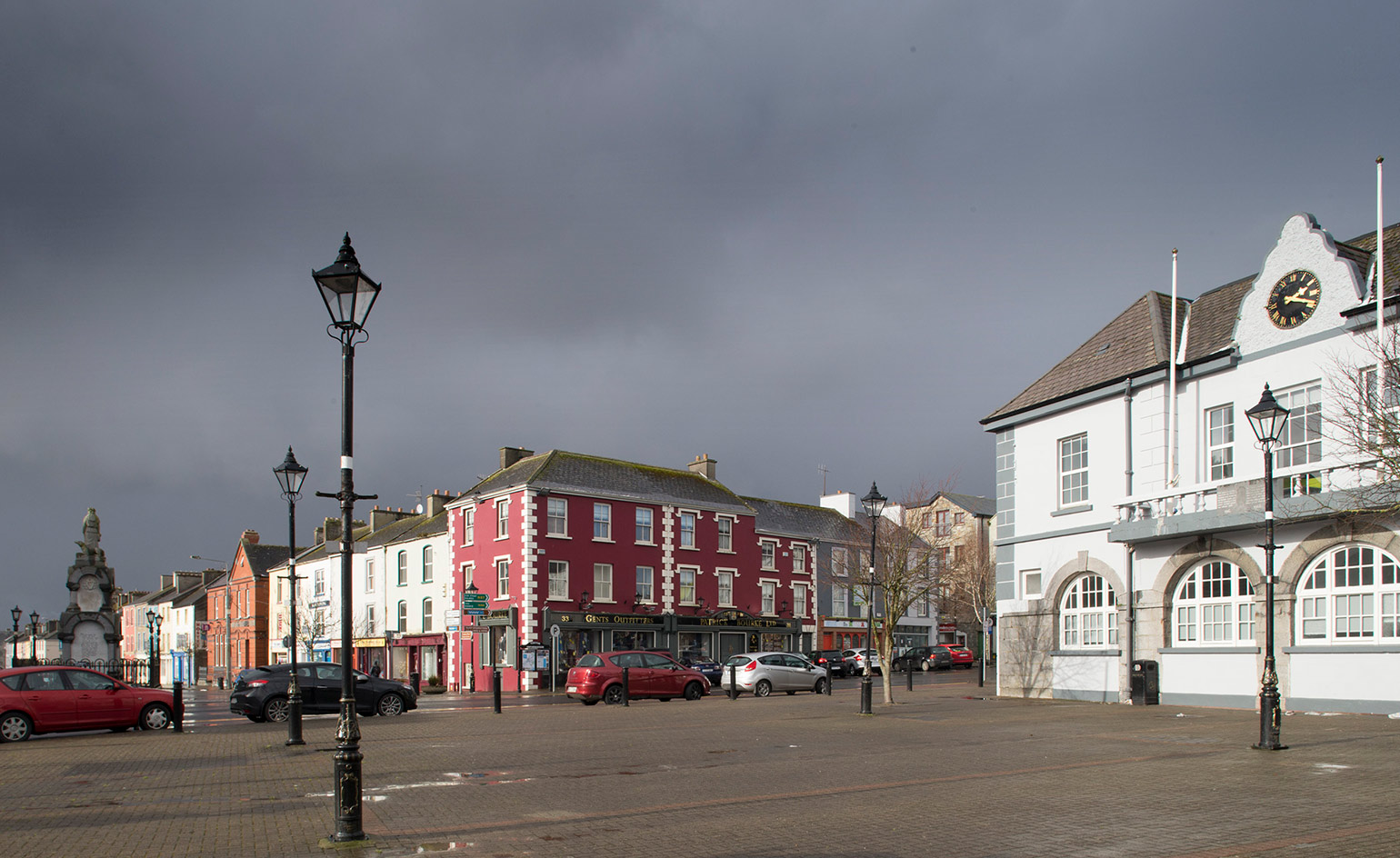
Kilrush Town. © Free Market
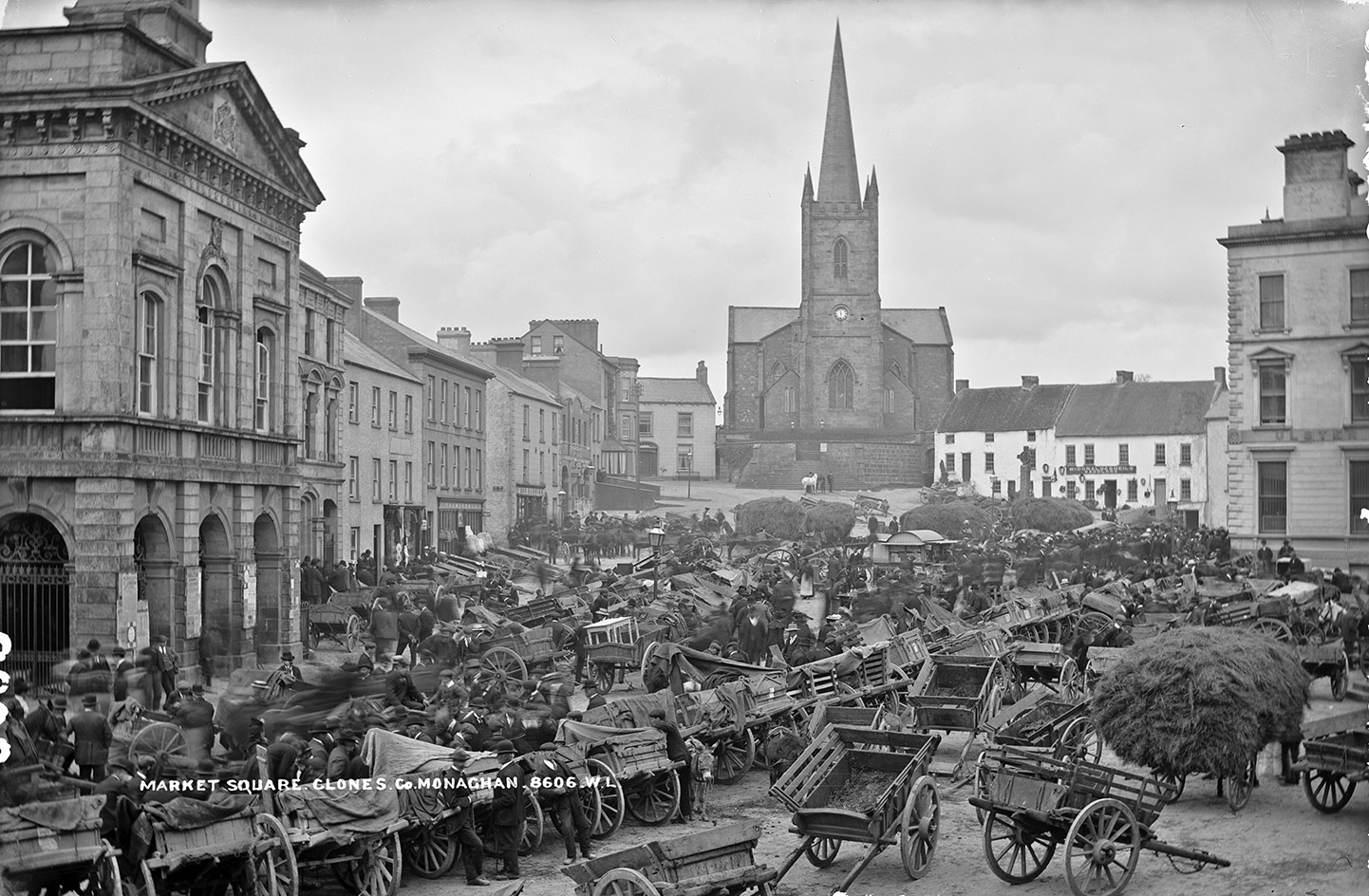
Monaghan in Clones County.
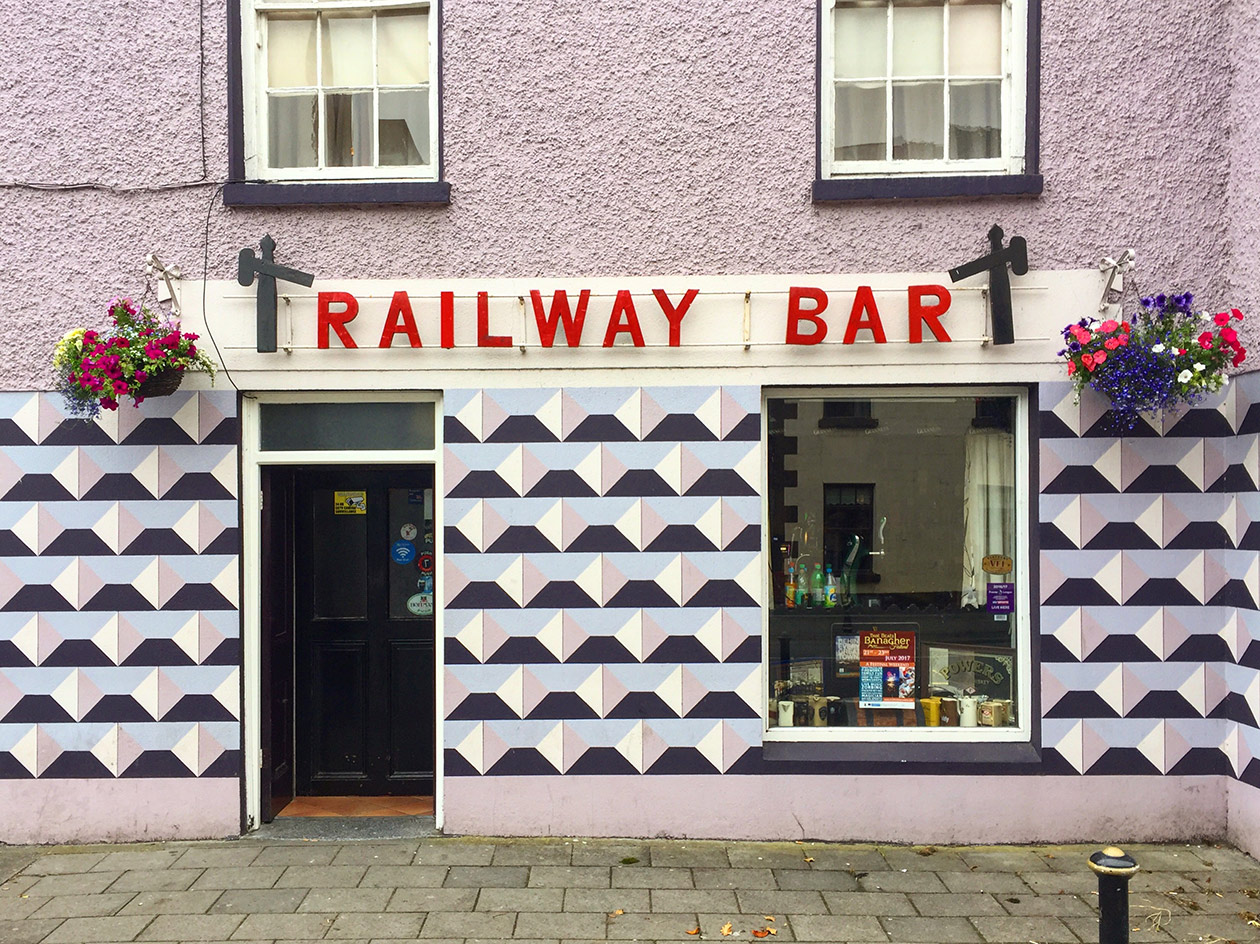
Railway Bar in Banagher in County Offaly. @our.type
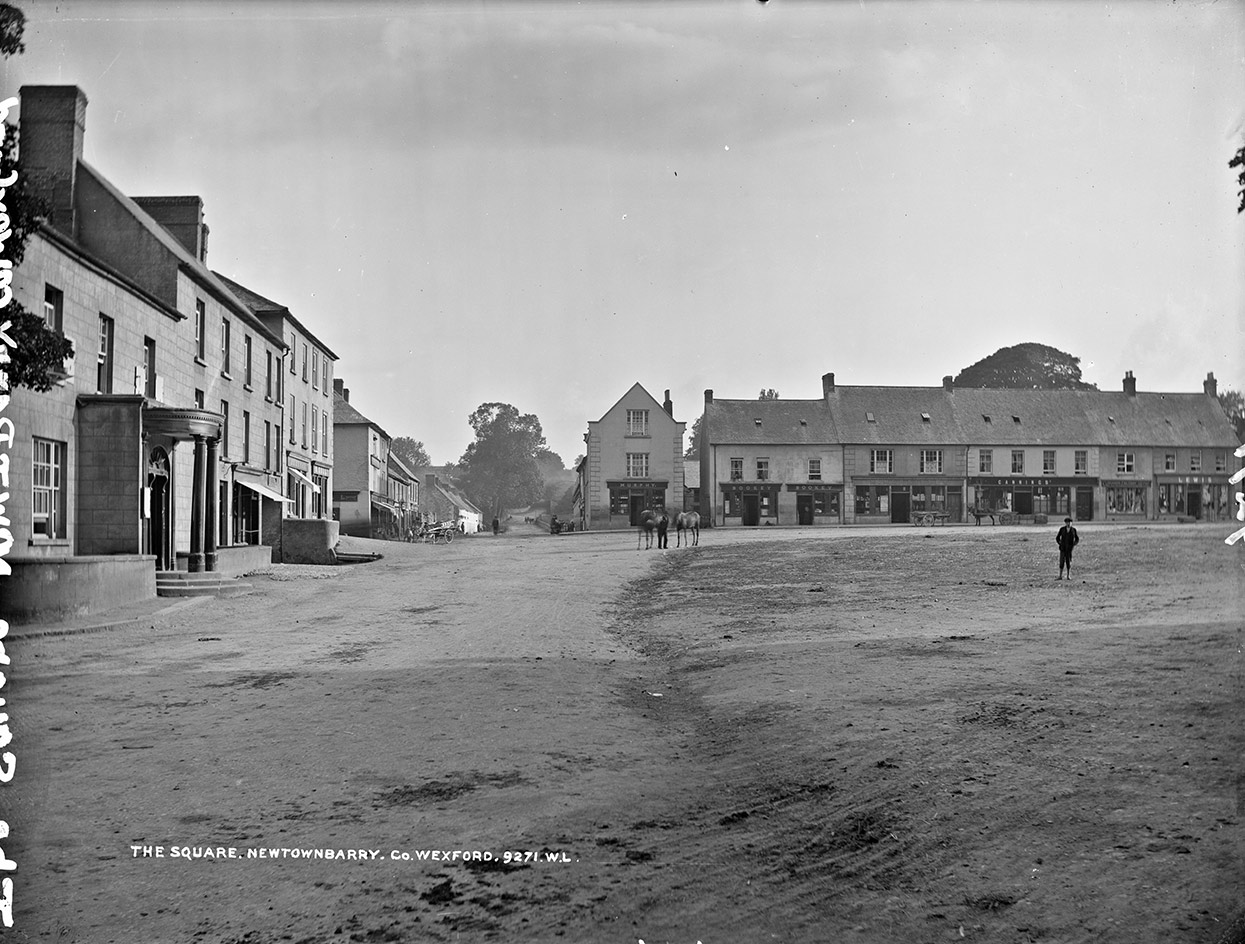
Newtownbarry Wexford (now Bunclody).
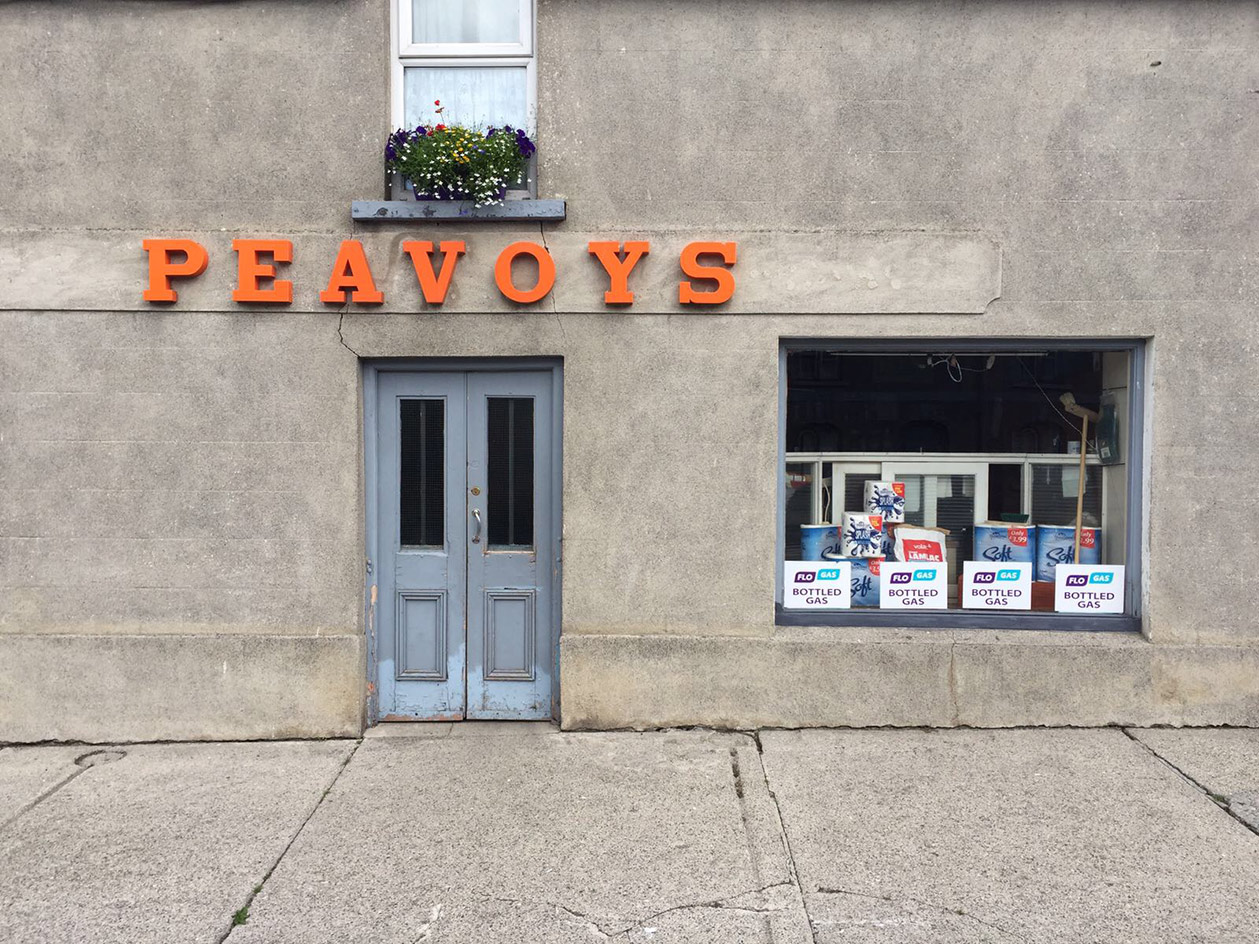
Peavoys in Kinnitty, County Offaly. @our.type
INFORMATION
For more information, visit the Irish pavilion at Venice Architecture Biennale Free market website
Wallpaper* Newsletter
Receive our daily digest of inspiration, escapism and design stories from around the world direct to your inbox.
Harriet Thorpe is a writer, journalist and editor covering architecture, design and culture, with particular interest in sustainability, 20th-century architecture and community. After studying History of Art at the School of Oriental and African Studies (SOAS) and Journalism at City University in London, she developed her interest in architecture working at Wallpaper* magazine and today contributes to Wallpaper*, The World of Interiors and Icon magazine, amongst other titles. She is author of The Sustainable City (2022, Hoxton Mini Press), a book about sustainable architecture in London, and the Modern Cambridge Map (2023, Blue Crow Media), a map of 20th-century architecture in Cambridge, the city where she grew up.
-
 Eight designers to know from Rossana Orlandi Gallery’s Milan Design Week 2025 exhibition
Eight designers to know from Rossana Orlandi Gallery’s Milan Design Week 2025 exhibitionWallpaper’s highlights from the mega-exhibition at Rossana Orlandi Gallery include some of the most compelling names in design today
By Anna Solomon
-
 Nikos Koulis brings a cool wearability to high jewellery
Nikos Koulis brings a cool wearability to high jewelleryNikos Koulis experiments with unusual diamond cuts and modern materials in a new collection, ‘Wish’
By Hannah Silver
-
 A Xingfa cement factory’s reimagining breathes new life into an abandoned industrial site
A Xingfa cement factory’s reimagining breathes new life into an abandoned industrial siteWe tour the Xingfa cement factory in China, where a redesign by landscape specialist SWA Group completely transforms an old industrial site into a lush park
By Daven Wu
-
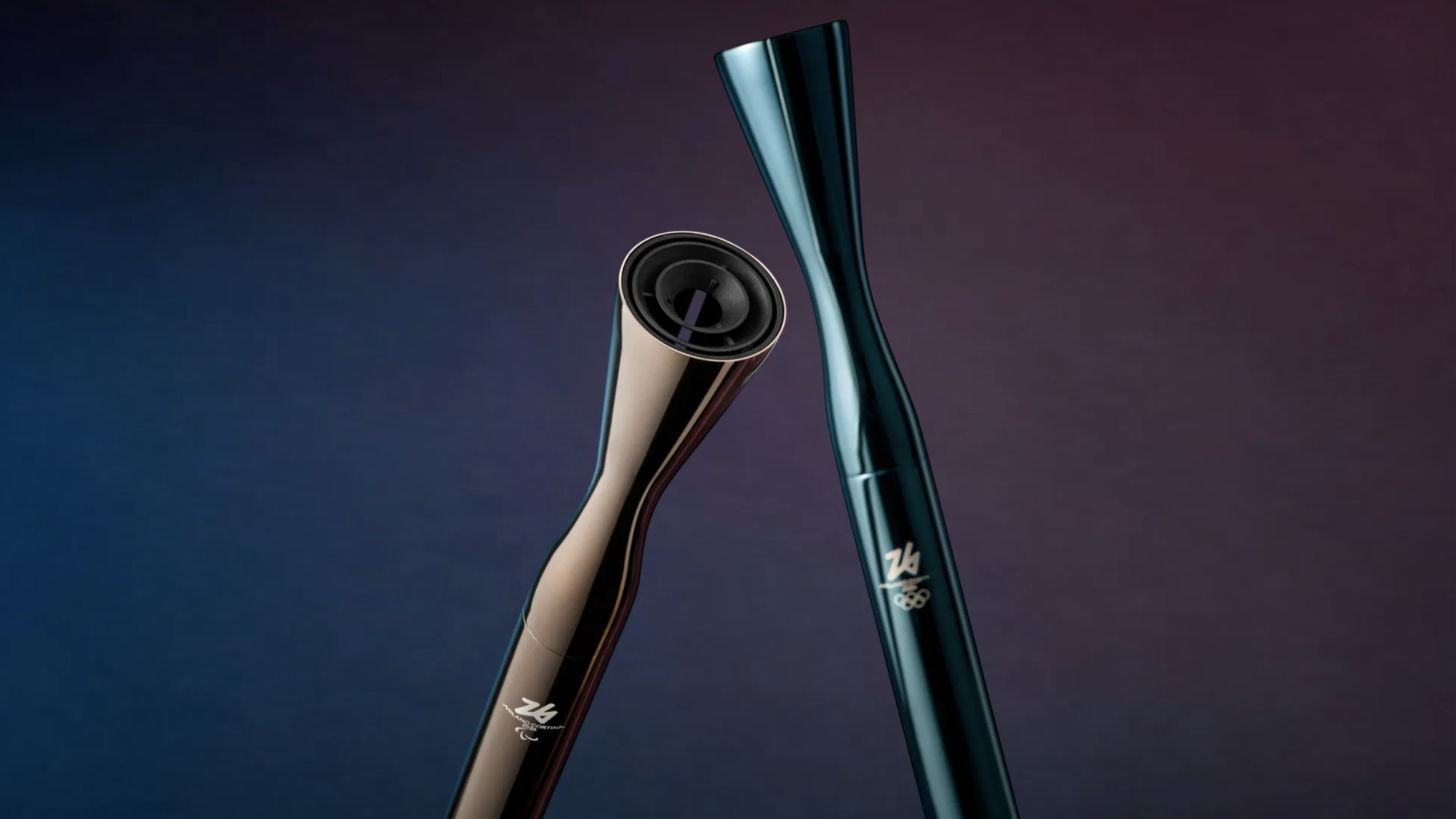 2026 Olympic and Paralympic Torches: in Carlo Ratti's minimalism ‘the flame is the protagonist’
2026 Olympic and Paralympic Torches: in Carlo Ratti's minimalism ‘the flame is the protagonist’The 2026 Olympic and Paralympic Torches for the upcoming Milano Cortina Games have been revealed, designed by architect Carlo Ratti to highlight the Olympic flame
By Ellie Stathaki
-
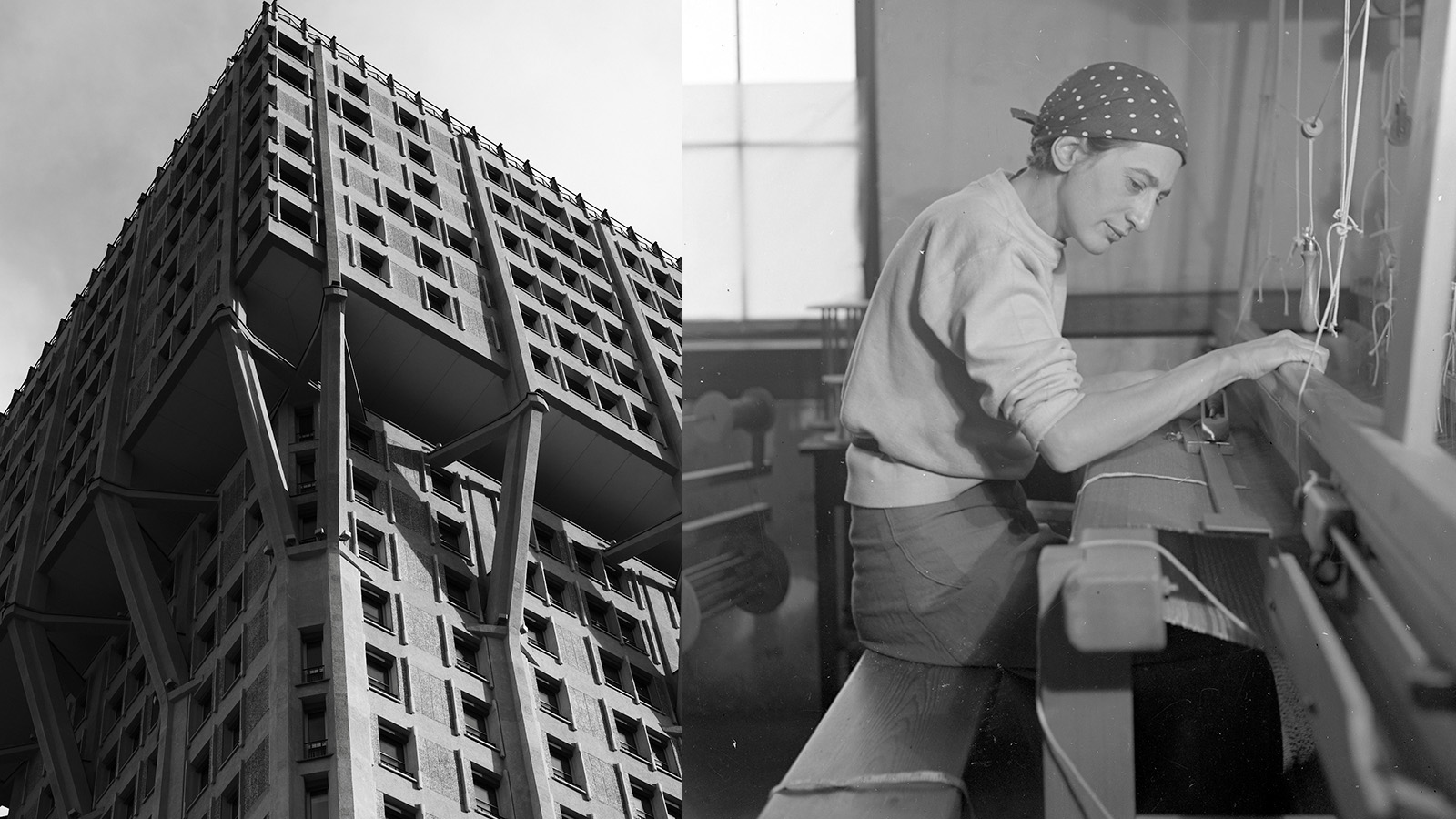 Anni Albers' weaving magic offers a delightful 2-in-1 modernist showcase in Milan
Anni Albers' weaving magic offers a delightful 2-in-1 modernist showcase in MilanA Milan Design Week showcase of Anni Albers’ weaving work, brought to life by Dedar with the Josef & Anni Albers Foundation, brings visitors to modernist icon, the BBPR-designed Torre Velasca
By Ellie Stathaki
-
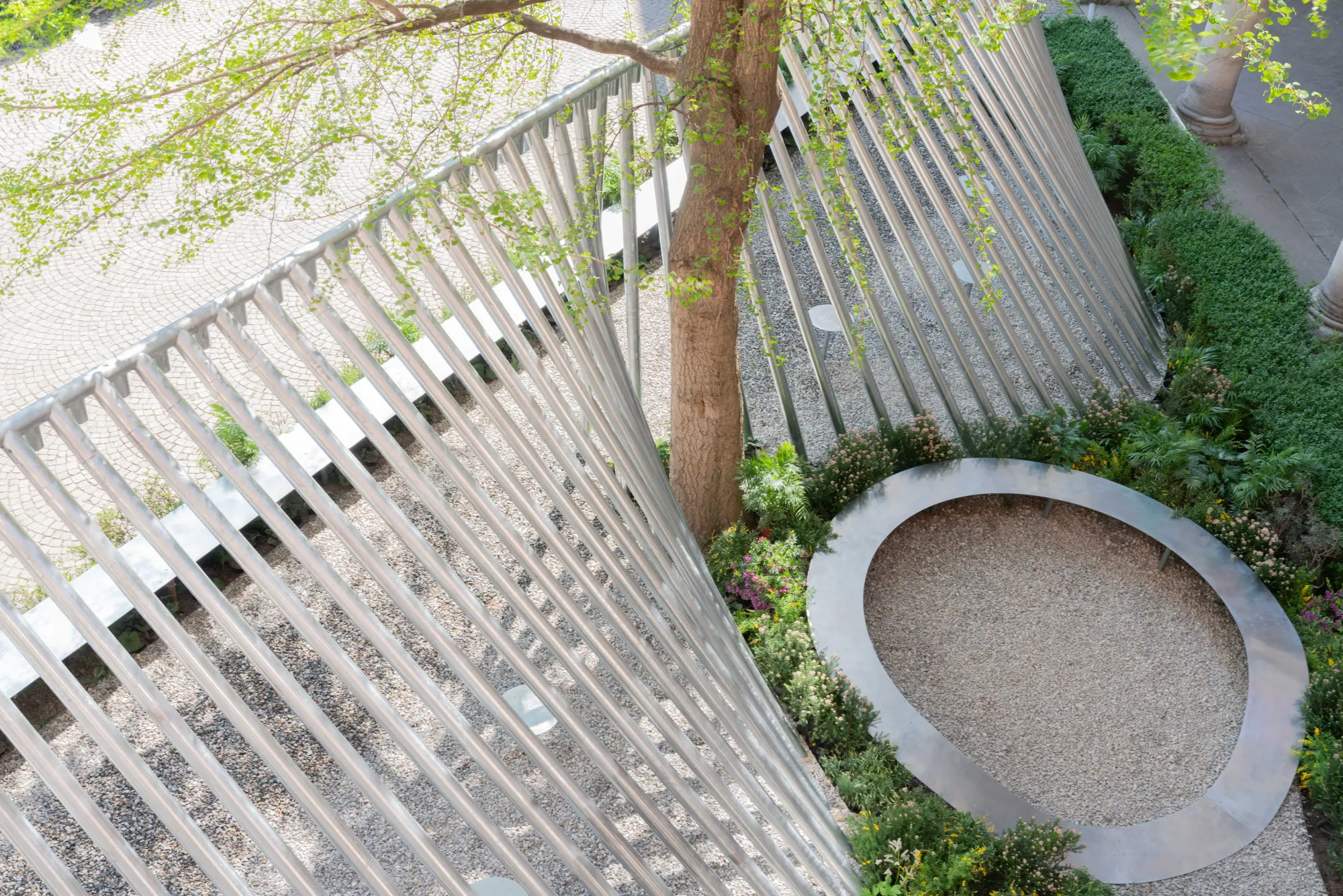 Milan Design Week: ‘A Beat of Water’ highlights the power of the precious natural resource
Milan Design Week: ‘A Beat of Water’ highlights the power of the precious natural resource‘A Beat of Water’ by BIG - Bjarke Ingels Group and Roca zooms in on water and its power – from natural element to valuable resource, touching on sustainability and consumption
By Ellie Stathaki
-
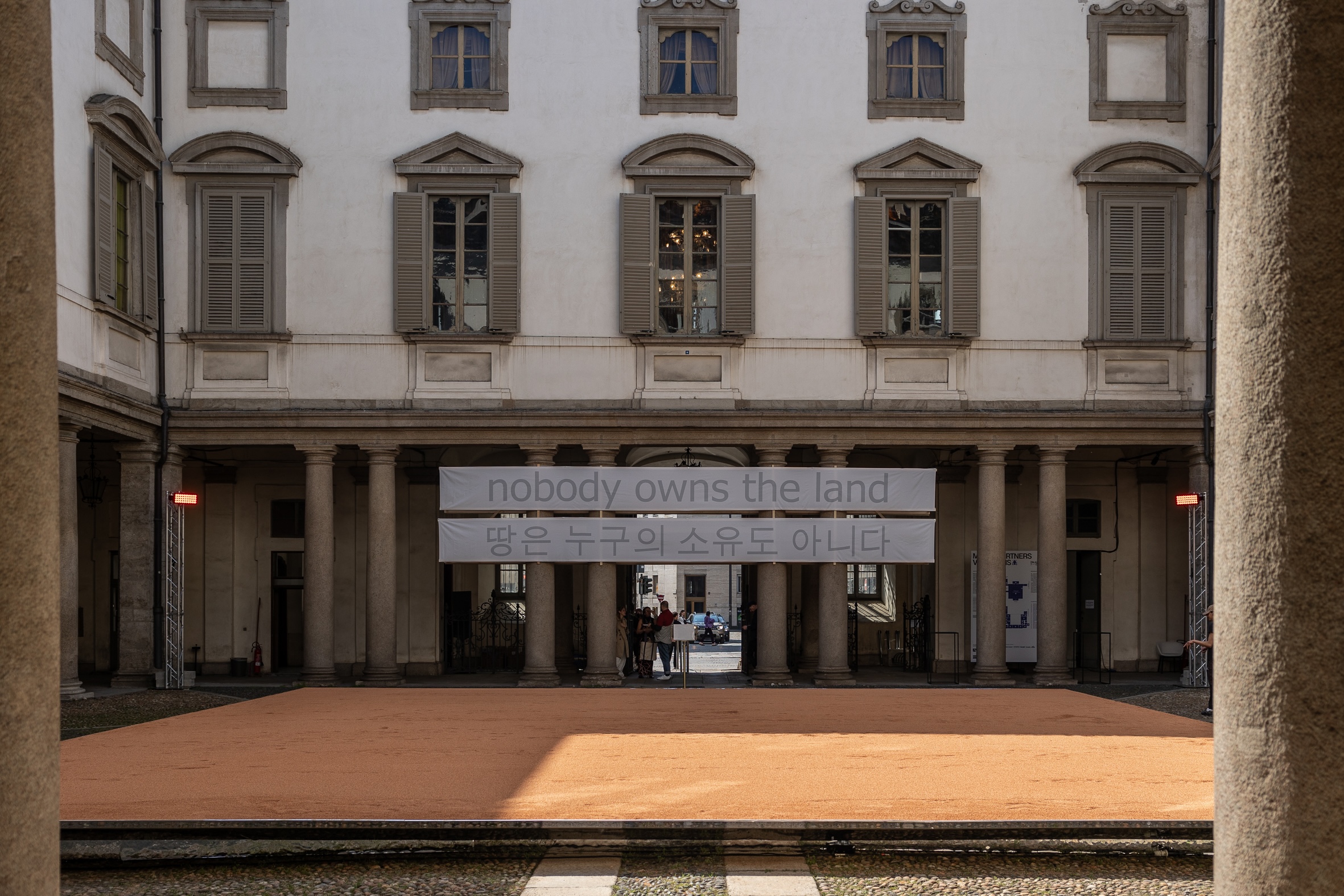 This Milan Design Week installation invites you to tread barefoot inside a palazzo
This Milan Design Week installation invites you to tread barefoot inside a palazzoAt Palazzo Litta, Moscapartners and Byoung Cho launch a contemplative installation on the theme of migration
By Ellie Stathaki
-
 The upcoming Zaha Hadid Architects projects set to transform the horizon
The upcoming Zaha Hadid Architects projects set to transform the horizonA peek at Zaha Hadid Architects’ future projects, which will comprise some of the most innovative and intriguing structures in the world
By Anna Solomon
-
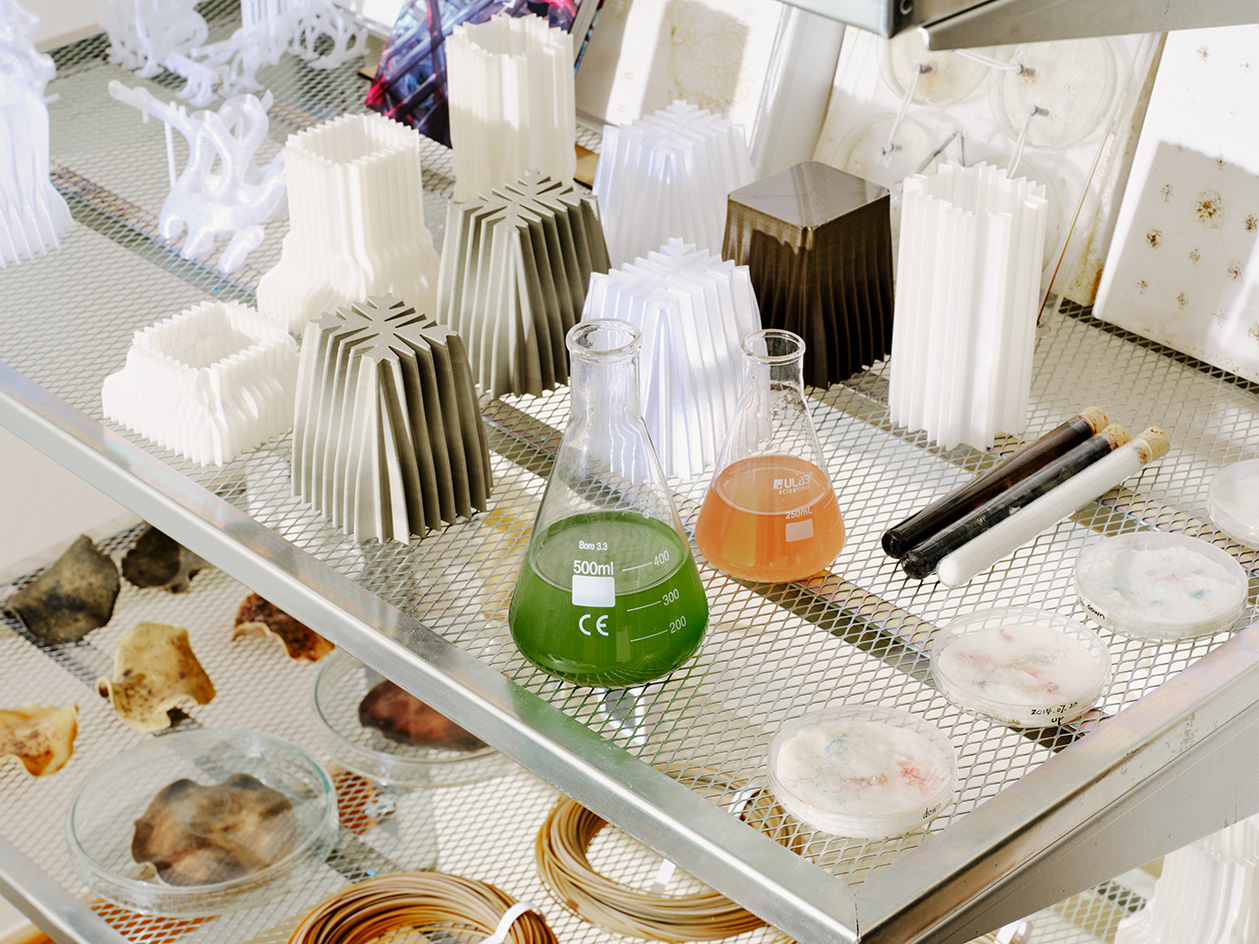 Is biodesign the future of architecture? EcoLogicStudio thinks so
Is biodesign the future of architecture? EcoLogicStudio thinks soWe talk all things biodesign with British-Italian architecture practice ecoLogicStudio, discussing how architecture can work with nature
By Shawn Adams
-
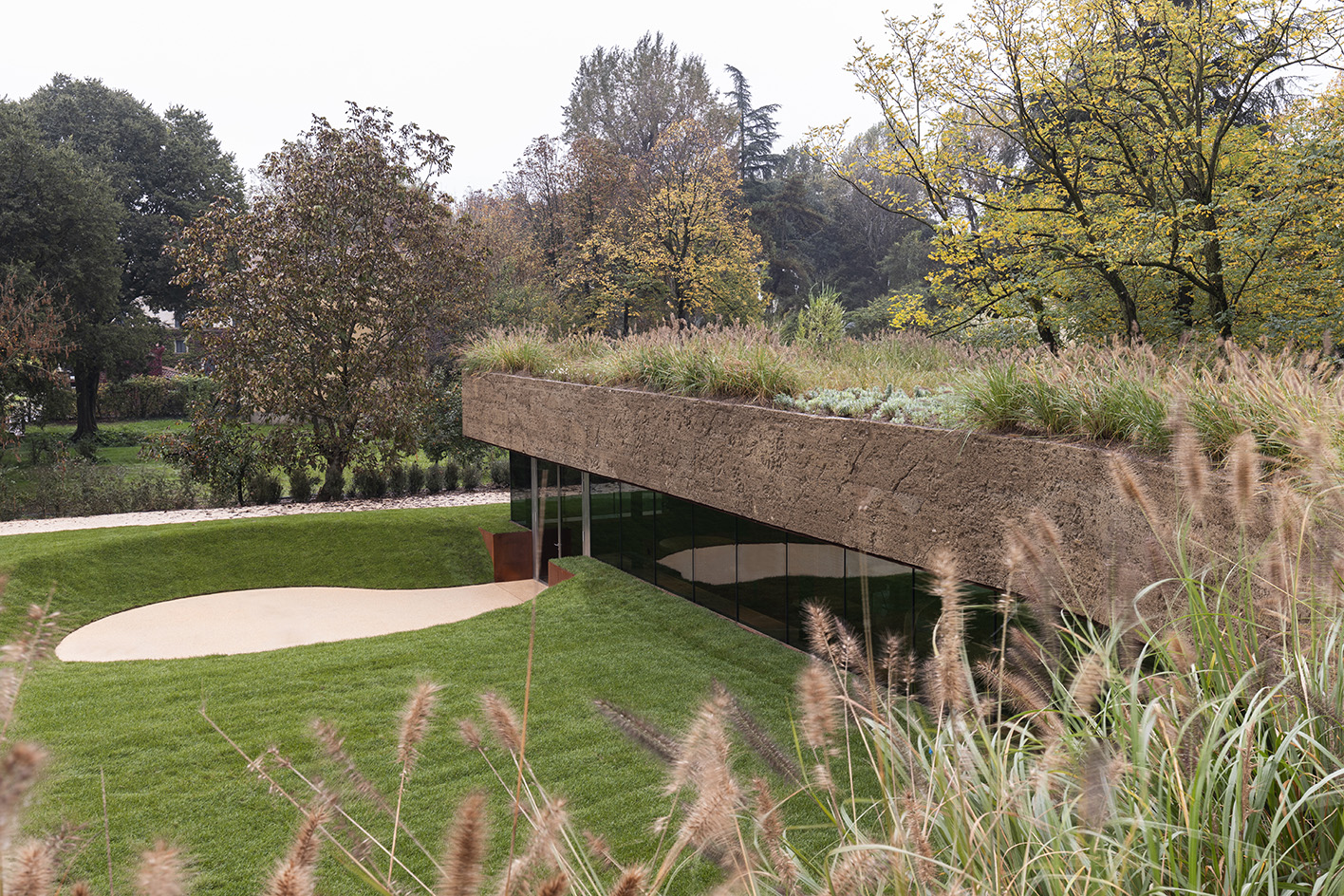 Meet Carlo Ratti, the architect curating the 2025 Venice Architecture Biennale
Meet Carlo Ratti, the architect curating the 2025 Venice Architecture BiennaleWe meet Italian architect Carlo Ratti, the curator of the 2025 Venice Architecture Biennale, to find out what drives and fascinates him ahead of the world’s biggest architecture festival kick-off in May
By Ellie Stathaki
-
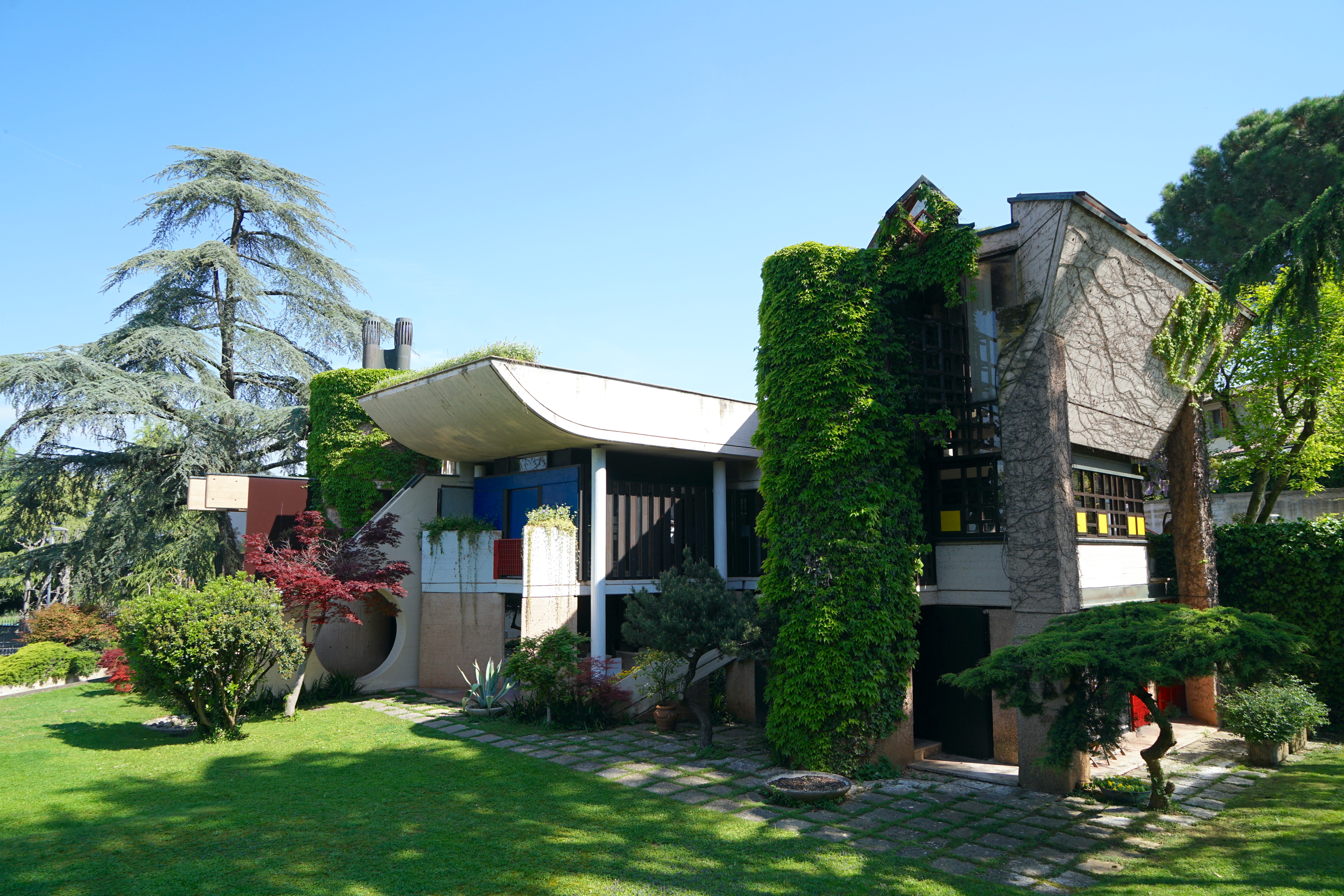 The brutal harmony of Villa Caffetto: an Escheresque Italian modernist gem
The brutal harmony of Villa Caffetto: an Escheresque Italian modernist gemThe Escheresque Italian Villa Caffetto designed by Fausto Bontempi for sculptor Claudio Caffetto
By Adam Štěch